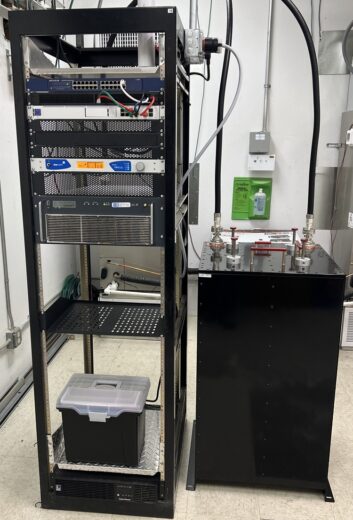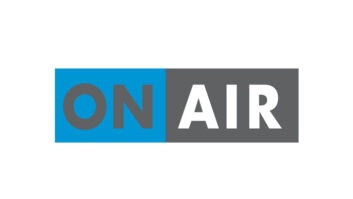
The first commercial FM geotargeting installation in the United States is on the air.
Broadcast Electronics said in a press release that GeoBroadcast Solutions and its client Radio Activo Broadcasting worked with BE to implement GBS ZoneCasting technology for station KADD(FM) “La Mejor 93.5” using several BE ETX transmitters.
Previous uses of ZoneCasting technology were test cases that began in 2010 and included installations in Utah, Florida and Wisconsin. Those were done under experimental authority.
“KADD La Mejor 93.5 has been at the forefront of delivering Spanish-language content to the dynamic and diverse audience of the greater Las Vegas area,” BE stated.
“Previously, KADD and sister stations KXLI increased their market reach by nearly 400,000 people using GBS’s MaxxCasting system. Now, they are expanding their footprint to St. George, Utah.”
The technology uses single-frequency network transmitters. BE said ZoneCasting will allow KADD to target Las Vegas as one zone, encompassing the main signal and three boosters that deliver content specific to the Las Vegas area. “St. George forms another distinct zone, with multiple boosters broadcasting customized content without relying on the main Las Vegas signal.”
GBS believes geotargeting can “revolutionize the broadcasting landscape” by allowing FM stations to offer “hyper-local content delivery,” with content such as ads, traffic and very localized news content. Critics including the National Association of Broadcasters said it may cause interference and listener confusion and that it may drive radio ad revenue down.
The FCC last year changed its rules to allow limited unique programming on FM boosters. Several broadcasters subsequently began the process of planning installations. But only last month did the commission give the go-ahead for stations to apply to actually begin targeted broadcasts for up to three minutes per hour because the rules had not been published in the Federal Register until then.
Last fall, then-FCC Commissioner Geoffrey Starks visited the station to learn about its geotargeting plans, as we reported at the time.







